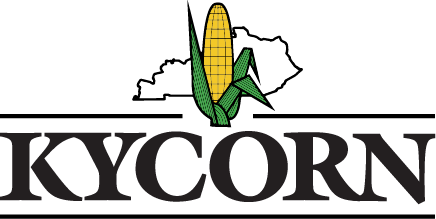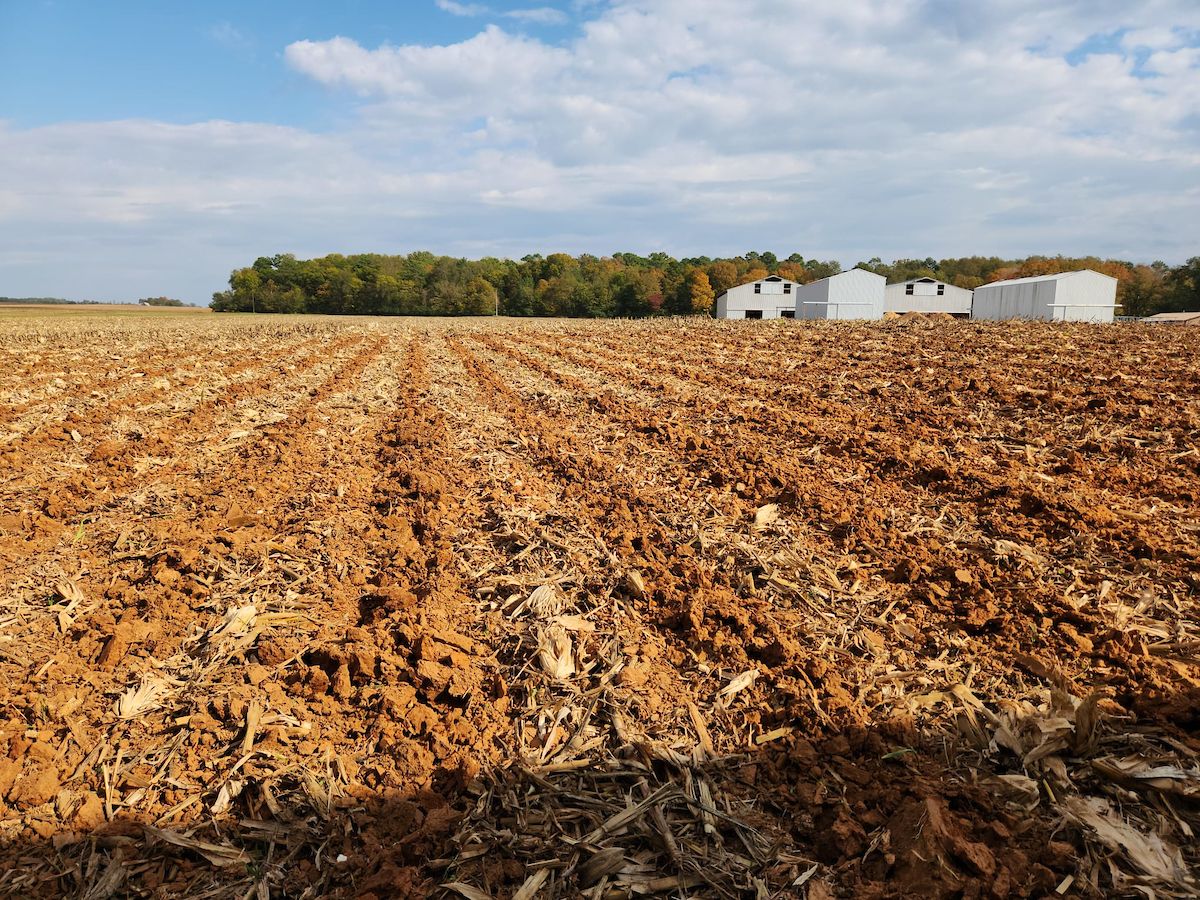A 2023 Scientific Advisory Panel (SAP) report echoes corn grower comments in calling for the removal of several low-quality studies used in the atrazine reregistration process. The Kentucky Corn Growers Association and the Triazine Network, a national coalition of farm organizations representing well over 30 crops in 40 states, credits strong grassroots involvement with this positive step in ensuring EPA utilizes the best science available.
“Grower organizations, through the Triazine Network, requested the Scientific Advisory Panel review,” Triazine Network Co-Chair Greg Krissek said. “We voiced our support for EPA’s white paper prepared ahead of the SAP recommending the exclusion or rescoring of those poor-quality studies. It appears the agency, growers, and SAP panelists all agreed on the need to remove the flawed studies which were instrumental in the agency’s proposed ultra-low 3.4 parts per billion level of concern for atrazine.”
Fifteen members of the agriculture community presented at the three-day virtual discussions, highlighting the use of technology and sustainable farming practices. The presentations from farmers were critical in showcasing real-world consequences if the discredited studies continue to be utilized by EPA. Growers and industry leaders also stressed the importance of atrazine to no-till and reduced tillage farming. A herbicide valued for its use in sustainable farming practices, many growers would be forced to abandon carbon-smart efforts under EPA’s proposed directives.
“While the researchers on the panel focused on evaluating specific scientific studies, several commented how much they appreciated hearing input from farmers. Their testimony helped them understand the real-world implications of using bad science to determine the fate of atrazine.” Krissek said.
The EPA must now consider the non-binding SAP report. A public response by the agency is anticipated in early 2024. In addition, EPA has also stated it will reply to the approximately 16,000 public comments submitted by growers. While the outcome of the SAP was positive, more work must be done to set the record straight. EPA insisted on limiting the focus of SAP panelists to only 11 questionable studies. The Triazine Network had asked for a broader scope that would have included two additional low-quality studies. In October, the Network asked EPA to review those two studies under the same process as the 11 others included in a white paper released ahead of the SAP virtual deliberations.
“Considering the wide-ranging implications EPA’s decision could have on the future of sustainable farming, the data sets used in this reregistration must be right,” notes Triazine Network Co-Chair Gary Marshall. “While we support the SAP’s findings, there are additional studies which should be reviewed. The Triazine Network and its members will remain engaged and closely watch EPA’s actions as it moves forward with decisions on atrazine.”
At issue is the aquatic ecosystem concentration equivalent level of concern (CE-LOC). In a 2020 decision that concluded the registration review of atrazine, EPA set the atrazine CE-LOC at a reasonable level of 15 parts per billion (ppb). Environmental activist groups retaliated with a lawsuit in the Ninth Circuit Court of Appeals. The court case led to EPA’s reconsideration of the finalized Interim Registration Review Decision, and in June 2022, EPA released its document: “Proposed Revisions to the Atrazine Interim Registration Review Decision.” Not only did the agency lower the aquatic CE-LOC from 15 ppb to an ultra-low 3.4 ppb, but also announced it would impose severe restrictions using an extremely flawed modeling system on 72 percent of all U.S. corn acres. In addition to this decision being part of a court case, atrazine is also scheduled to undergo an Endangered Species Act review.

